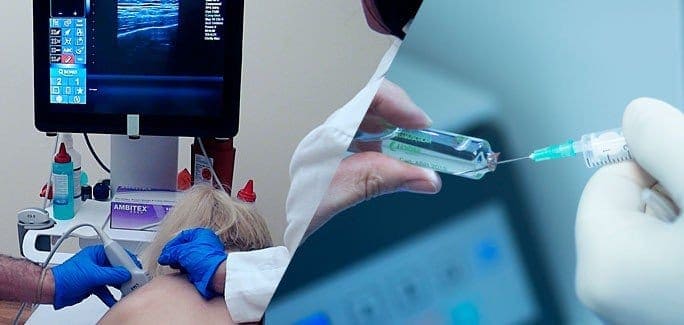
If you have tried various methods to try and get a response out of your muscle or to release it and have been unsuccessful, what you should try is dry needling. In cases where a massage is ineffective, twitch response from a muscle ensures an effective release, right from deep in between the muscle.
Plus, dry needling has proven to be effective for certain muscles. Thus, if you’re experiencing pain in the following five muscles and wish to get rid of effectively, you should give dry needling therapy a try.
Perhaps the greatest therapeutic treatment option for treating pain experienced in the muscles mentioned above is dry needling. NYDNR has comprehensive and effective dry needling therapy that will surely get rid of the pain!
Dr. Lev Kalika is a world-recognized expert in musculoskeletal medicine. with 20+ years of clinical experience in diagnostic musculoskeletal ultrasonography, rehabilitative sports medicine and conservative orthopedics. In addition to operating his clinical practice in Manhattan, he regularly publishes peer-reviewed research on ultrasound-guided therapies and procedures. He serves as a peer reviewer for Springer Nature.
Dr. Kalika is an esteemed member of multiple professional organizations, including: